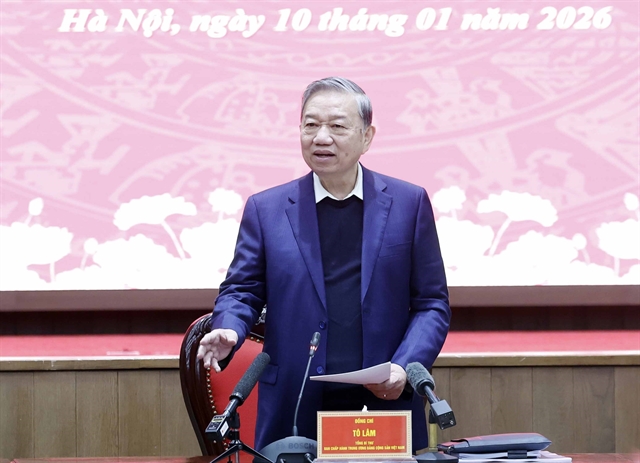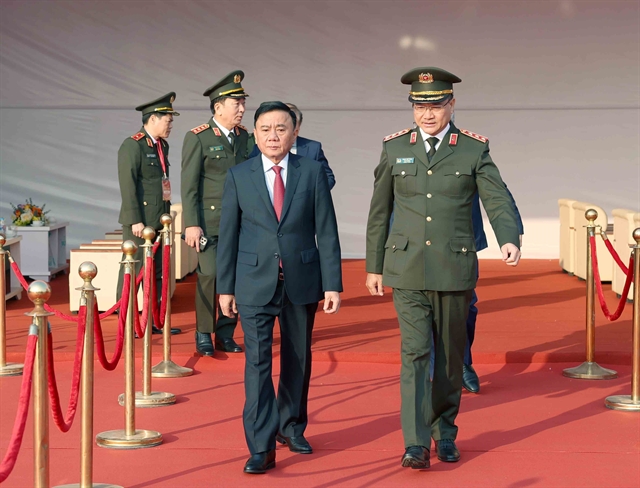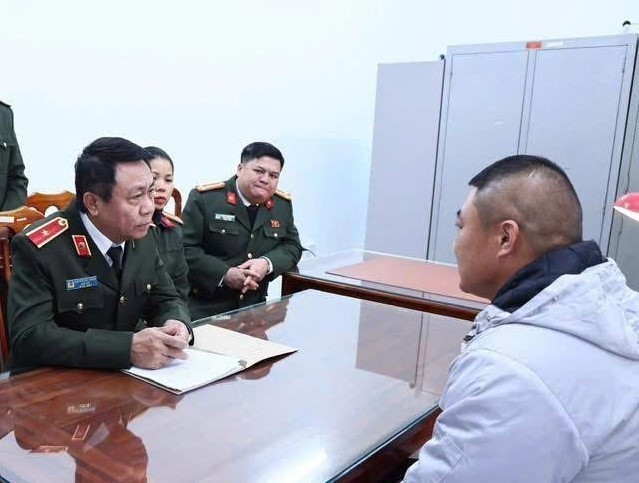 Society
Society

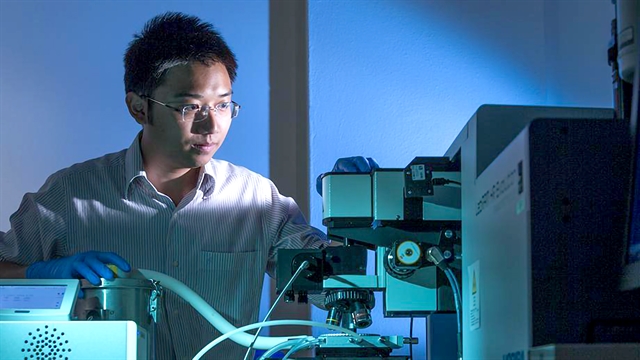
|
| Nguyễn Trọng Hiếu works at a lab. — Photo courtesy of Lannon Harley |
HÀ NỘI — Having adequate English language skills and efficient self-learning are the most important factors for international students to get along with native peers and achieve success at school. And it has certainly be the case for true to Nguyễn Trọng Hiếu, a student at HCM City’s University of Technology.
When Hiếu gained a full scholarship to study at Portland University in Oregon State in the US in 2009, his comments on energy recycling were not appreciated by his classmates due to his poor English-speaking skills.
Despite having good expertise, Hiếu understood that as an international student, he needed to do more.
“I think there are no awards for an international student if he can only do the same things as the natives can,” he told the online newspaper vietnamnet.
That was the motivation for him to perform well at school. Hiếu spent all nights and weekends working at the lab and practising his English instead of returning home after school.
After two semesters, his academic performance was much improved and he started to get noticed.
By mid 2011, Hiếu graduated with a GPA of 3.97 out of 4.
He is now a researcher and senior lecturer in the field of solar power at the Australian National University (ANU).
Since 2016, Hiếu has received a research fund of about A$6.8 million (about US$4.9 million) in the role of project leader or co-leader of energy projects.
Early this year, the Australian Renewable Energy Agency granted A$1 million to his research team to develop a new generation solar battery project.
He has been honoured at the Golden Globe Science and Technology Award in the field of New Materials Technology.
Hard work paid off
Hiếu was born in the Mekong Delta province of An Giang in the southern region. During his years at a local school, Hiếu dreamt of studying at a prestigious school.
He always tried to study hard to get a scholarship. In grade 12, he won third national prize in Mathematics, and passed the exam to the Talented Electrical and Electronics Engineers programme of HCM City University of Technology with a score of 29.5 out of 30.
“I kept the goal of earning a scholarship to study abroad,” he said.
During his years at the technology university, Hiếu often got home very late. He spent all of his weekends doing experiments at the lab alone instead of hanging out with friends.
By the end of the second year at the university, Hiếu was among the top three best students of the faculty and won a full scholarship to study for two years at the Portland University.
Hiếu said two years of studying at HCM University of Technology had equipped him with a solid foundation. Therefore, he did not have too many difficulties when pursuing his courses in the US.
The US university gave him the best condition to study and research. He could get professors’ guidelines, make direct appointments with teaching assistants to get support, and spend hours at well-equipped labs with modern learning tools.
Step by step, he overcame English language barriers in the first months in the US and became one of the best students at the university.
Only a year after graduating with excellent academic performance in 2011, Hiếu gained a full scholarship as a PhD to research semiconductor materials for solar cells at the Australian National University.
“I decided to follow this research direction because ten years ago, the need to find a new energy source to replace traditional fuel sources was a hot issue. With the basic knowledge of semiconductor technology, I think this direction will bring many benefits in the future,” he said.
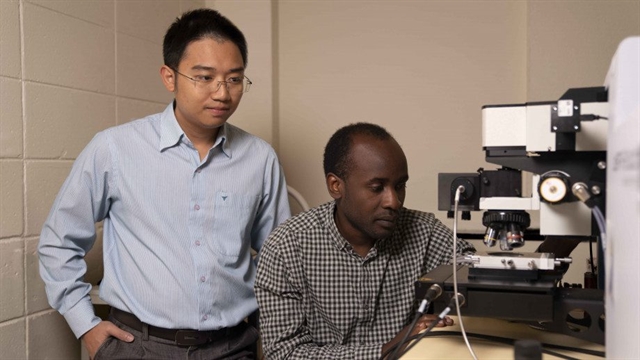
|
| Hiếu and his colleagues at a lab at the Australian National University. Early this year, the Australian Renewable Energy Agency granted A$1 million (nearly $716,000) to his research team to develop a new generation solar battery project. — Photo courtesy of the Australian National University. |
Solar cell development
Hiếu said most research focused on improving the quality of the solar cell's inner core, but he had another idea.
He wanted to improve the top thin film of the battery to increase its efficiency. In addition, his research team focused on measuring methods to detect errors in batteries.
The group's measuring methods showed their efficiency and have been used by many universities and research institutes around the world such as the University of New South Wales, the University of Sydney, and the US National Renewable Energy Laboratory.
Recently, Hiếu and a group of scientists at the Australian National University have found a method to increase the efficiency of the battery's light-to-electricity conversion through improving the quality of the material components which help it get more sunlight.
Since 2014, Hiếu has had 72 publications and was the lead author of 10 articles published in international journals.
He is the founder of two optical laboratories at the Australian National University.
Hiếu said there were always deadlocks on the path of doing research.
“When I just finished my PhD in 2016, I was at a crossroads and didn't know where to go. During the three years of my PhD, I just focused on my topic without paying attention to the things around me. So, by the time I graduated, I was almost disoriented,” he said.
Hiếu said he had done some projects in the following years until he set up his own research team.
He affirmed that working hard and being diligent was never enough. The important thing was that each person needed to make his or her own choice and be resolutely focused on the path they decided to pursue.
In the future, Hiếu said he would continue pursuing breakthrough research in the field of solar cells and exploring the potential of photovoltaic as a clean, affordable and sustainable energy source. — VNS

